Jason Windows is one of Western Australia’s major suppliers of windows, doors and security screens and pioneered the introduction of aluminium windows and doors in Western Australia. To this day, the company sets high standards when it comes to product design and the right service mentality.
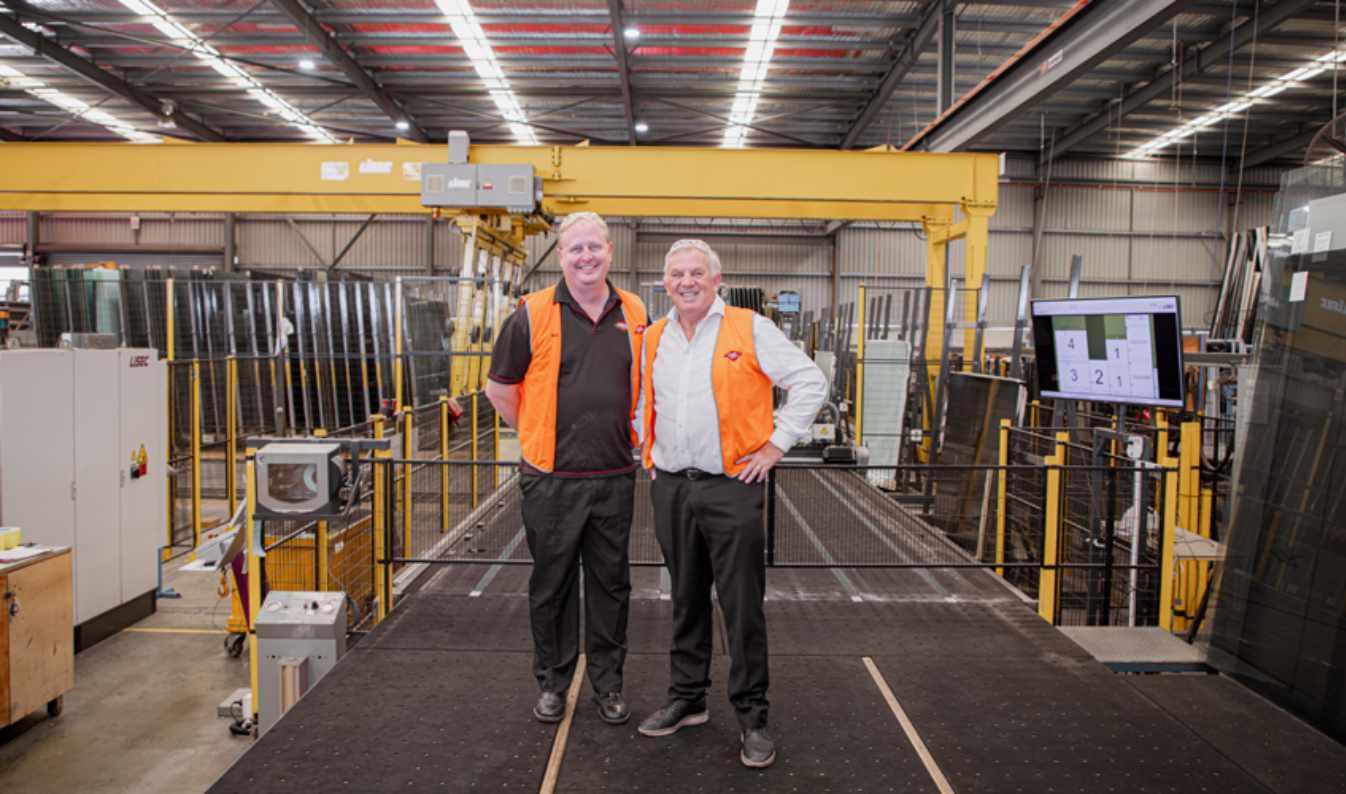
Together with LiSEC, Jason Windows has expanded its window construction to include glass processing and is therefore a prime example of a successful, long-term partnership with LiSEC.
Downstream of the LiSEC PKL glass store in the hall of Jason Windows in Perth / Welshpool, for example, you will find two LiSEC GFB cutting tables – one for float glass and one for laminated glass storage. The LiSEC float glass cutting station is automatically connected to the KSR by a tilting and rotating table. Following processing by KSR, the sheets are manually transported to the tempering oven and, after the tempering process, taken to the LiSEC insulating glass line by means of a slot rack cart.
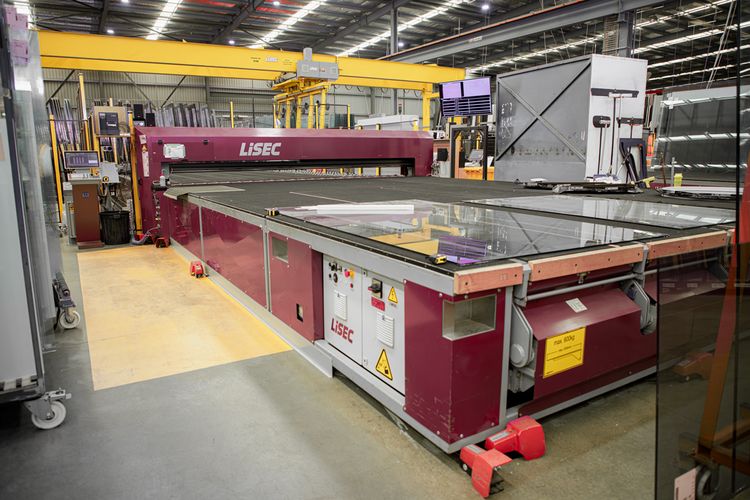
The sheets of LiSEC cut laminated glass come directly to the LiSEC insulating glass line, because this has an integrated KSR. The sheets are therefore seamed, washed and the frames set directly on the LiSEC insulating glass line.
The connection of the LiSEC KSR to the float glass cutting process in particular significantly increases efficiency in this hall. Operators are no longer required to lift several hundred kilos of glass over the course of a working day; instead, the sheets are broken up at the breakout table and pushed towards the tilting table via air cushions, which makes them as light as a feather. The tilting table transfers the sheets to the LiSEC KSR. This solution is particularly practical with float glass cutting. It is possible to cut up to 15 jumbo sheets per hour. With laminated glass cutting, this equates to approx. 2 jumbo sheets.

PETER DENBOER IN AN INTERVIEW:
In the interview, Peter denBoer talks about the long-standing collaboration with LiSEC and explains what he believes makes the partnership with LiSEC so worthwhile.
LiSEC: When did collaboration with LiSEC begin?
Peter denBoer: If I remember correctly, we procured our first cutting table from LiSEC back in 1997. Back then, we researched all the options and we opted in favour of LiSEC as it offered the best functionalities on the market at the time. In the 1990s, it was much more difficult to obtain product information quickly and easily and to find a competent partner who could realise glass processing in line with our wishes.
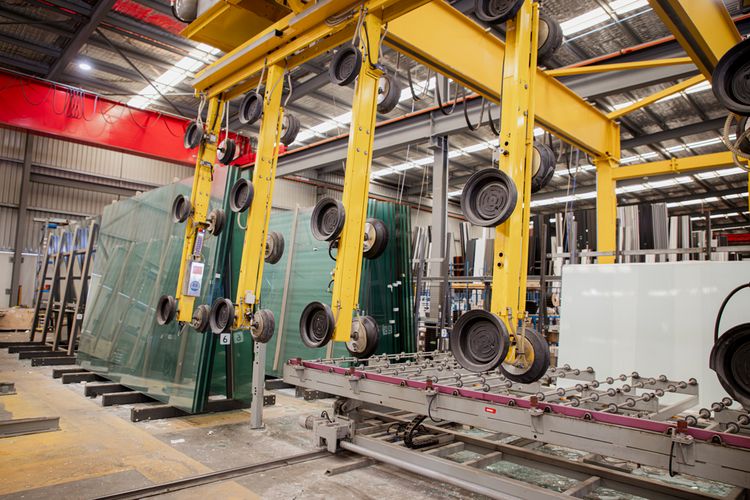
LiSEC impresses not only with competent advice, but also with extremely reliable machine and software solutions. GPS.prod, for example, is a user-friendly program and offers the functionalities that are an absolute must for us and make internal company processes much easier. In addition to insulating glass, we also manufacture a large number of safety glass units for our window solutions. These various products are automatically transferred from the window system to GPS.prod and are therefore planned and optimised for efficient production. Our point of contact Matthias Schöbl, Head of Software Sales, was extremely committed to us and was always ready to support us with his extensive expertise.Competent partners are an important factor in finding the right solutions for individual challenges. This worked really well with Matthias and we were able to fully benefit from LiSEC’s all-in-one solution approach. Back then, we downloaded the software from a 1.44 MB floppy disc, which is hard to imagine nowadays.
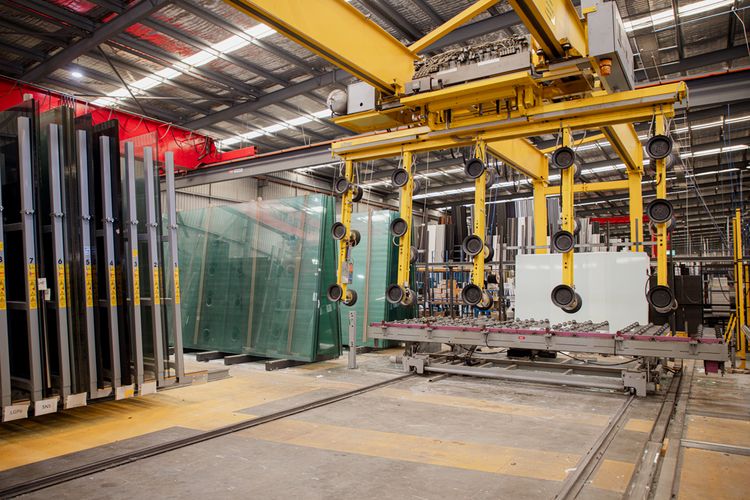
LiSEC: If you were to recommend LiSEC as a company, what would be your decisive argument?
Peter denBoer: I would like to split the answer to this question into two parts. On the one hand, the all-in-one solution approach means you only have one point of contact. If a problem arises, not only do you quickly have the right contact to hand, but troubleshooting is also much more efficient: Everything is connected and integrated, there is a complete process chain that is controlled and operated efficiently by the right software. In my opinion, piecemeal solutions do not bring any real advantages.
On the other hand, LiSEC impresses with the functionality of the machines. My favourite example of this is the KSR. With this LiSEC edge grinding machine you can automatically perform seaming on all four sides. The grinding head of the glass edge grinding machine is able to rotate 360°. This enables all four sides of the glass sheet to be seamed, resulting in the ideal and gentle dressing process for the glass edge and ensuring that grinding is close to perfect. Just observing these processes in the machine is fascinating.
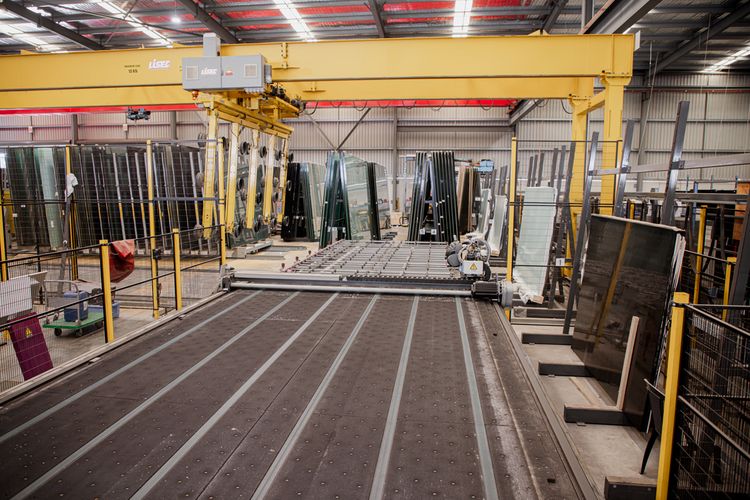
LiSEC: LiSEC and innovations: What do you think about this?
Peter denBoer: Irrespective of the fact that LiSEC has reliable solutions and very competent contacts in the LiSEC team, the innovative strength is certainly excellent. In some cases, the machines and software solutions are so advanced that in certain markets it is necessary to build up the corresponding operator expertise in parallel to the market launch. Intensive operator training is a decisive success factor. Intensive training is therefore essential for the operators working on the machines. And at LiSEC something new comes out literally every year; that has always been the case. I have seen LiSEC grow over time and realise how much value is still placed on innovation to this day. Tinkering and experiments are carried out in the test centre at the Seitenstetten plant, so that the products are constantly evolving. I would say that is highly indicative of LiSEC and the buzzword innovation!
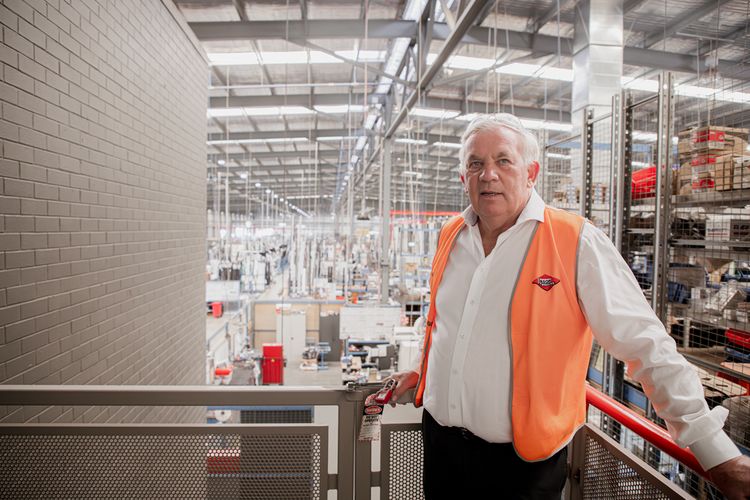
LISEC TIP FOR REMNANT PLATE STORAGE:
If you process expensive glass lites sheets that are processed very infrequently, make sure you minimise wastage and store your remnant plates in a safe and readily accessible location at all times in a LiSEC remnant plate storage system!
